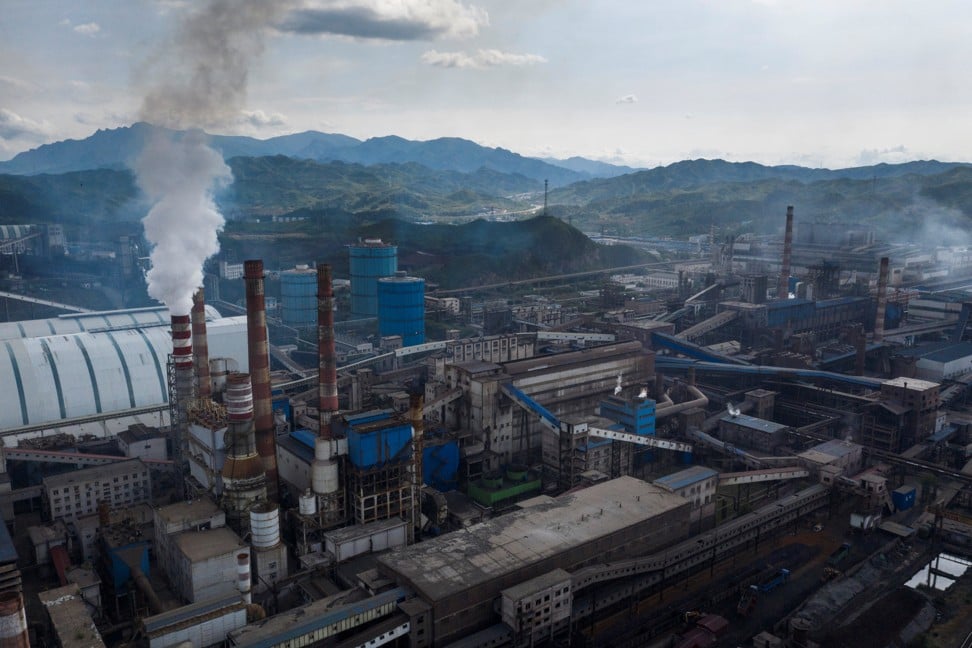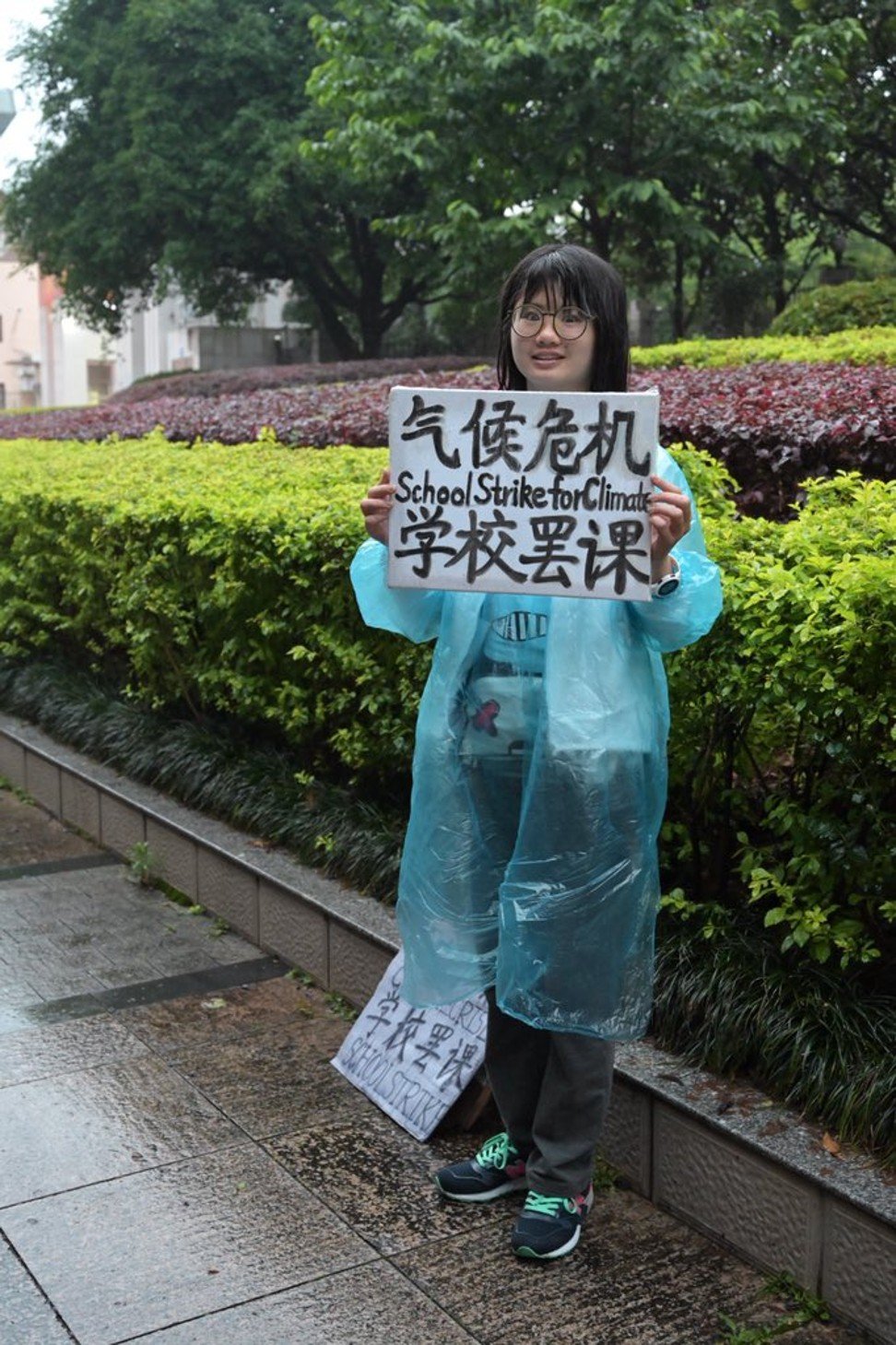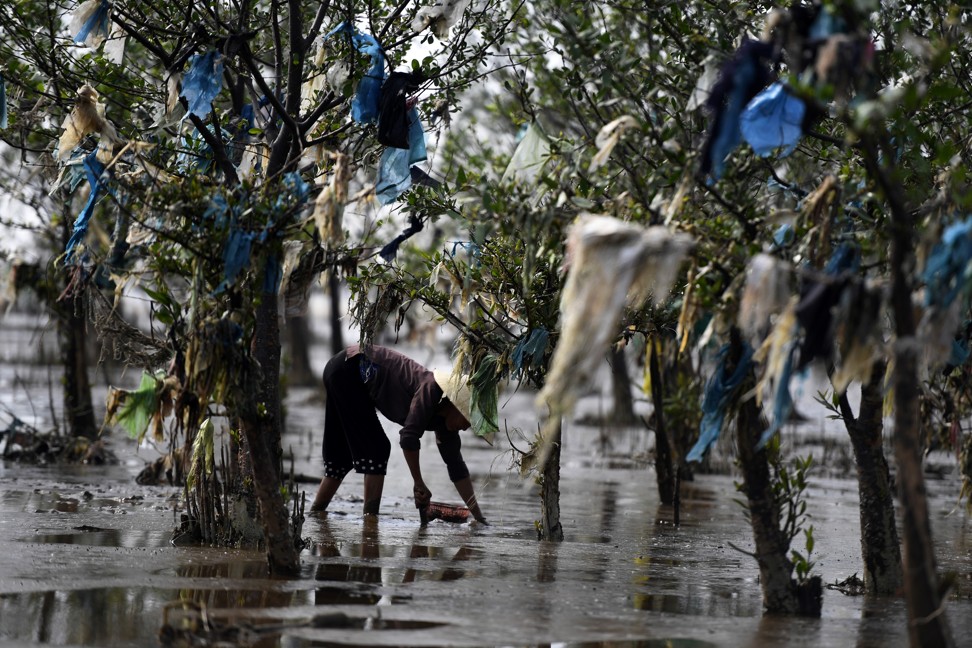Asia’s young climate activists on joining the worldwide campaign for government action on global warming
- Following in the footsteps of Sweden’s Greta Thunberg, young climate activists from Tahiti to China to India are taking a stand. We speak to some of them
- The next major school strike will take place on September 20, followed by a global general strike on September 27

Young climate activists around the globe have been taking to the streets recently to demand governments take action to limit climate change and declare climate emergencies. They plan to make an even bigger splash with a third global general strike this autumn.
The international school strike will begin on September 20, followed by a global general strike on September 27, according to a joint statement from several concern groups, including Fridays for Future, Youth for Climate, and Greenpeace.
Global strikes on March 15 and May 24 took place after 16-year-old Greta Thunberg planted herself in front of the Swedish parliament in August last year, handing out fliers that read: “You grown-ups do not give a s*** about my future.”
Movements have pushed almost 800 jurisdictions in 16 countries to declare climate emergencies. However, young people want more concrete action from governments. The Post spoke to activists in nine countries and regions with growing environmental movements.
1. Australia
Australia remains largely coal-powered. Meanwhile, summer temperatures continue to rise and half of the Great Barrier Reef is dead from coral bleaching, according to National Geographic.
Although Darebin, in the northern suburbs of Melbourne, declared a climate emergency in 2017, progress has been slow in the rest of Australia, says Zel Whiting, 13, who lives in Adelaide and is involved in a climate emergency declaration organisation and school strikes.
“Last summer, my city reached 48 degrees Celsius [along the coast] and 53 degrees Celsius inland [118 degrees Fahrenheit and 127 degrees Fahrenheit, respectively]. That’s the temperature when cells start to die,” he says.
“Creating resilient communities is really important now. Awareness campaigns across social media can be low cost [and we can encourage other low-cost improvements like] local governments switching to recycled copy paper.”
Whiting says trade unions have thrown support behind the youth activists, and, along with parents and teachers, will take part in the September strike.

2. Bangladesh
The main focus in this South Asian country is on refugees being displaced by climate change. More than 19 million children in the low-lying country are threatened by environmental disasters such as cyclones and floods, according to Unicef, the United Nation’s Children’s Fund.
A United States Government Accountability Office report cites Bangladesh as one of the countries most vulnerable to climate change-induced migration.
“We need more initiatives for victims of climate change,” says Sohanur Rahman, 23, the coordinator for Bangladesh’s YouthNet for Climate Justice group, who also coordinates Fridays for Future activities.
Local government officials have expressed support and have taken part in strikes, while activists have been invited to become “young experts” on the country’s parliamentary standing committee in the Ministry of Environment, Forestry and Climate Change.
But Sohanur says this is not enough and that the central government has been slow to respond to the crisis and has clamped down on dissent. “We need urgent action but [climate change] is not an urgent issue to our leaders.”
Rahman says a weeklong campaign, peaceful demonstrations and lobbying are planned for September.

3. China
Despite China’s crackdown on dissent, 16-year-old Howey Ou, not her real name, gained Thunberg’s attention after standing alone outside the Guilin People’s Government building in a climate-change protest.
“I became so anxious after learning about ocean plastic pollution from the National Geographic magazine, I had to go and see a therapist,” Howey says. “That was a turning point for me, becoming a doer instead of just an observer.”

Howey told relatives and friends about the problem, and started giving speeches in school. She then heard about Thunberg and started reading up on the Swedish teen’s climate strikes.
“I never thought about striking to prove a point. But even after all I’ve done, only one friend will join me. Everyone else is scared because striking and protesting is illegal here, or they don’t know the urgency of the climate crisis,” she says.
Howey adds that she is still trying to find better ways to raise awareness of climate change in China despite being given a warning by public security agents.

4. Tahiti, French Polynesia
“Rising sea levels are displacing people from low-lying atolls to the already overcrowded upper islands, and lead to salinisation of soil, which hinders crop growth,” says 18-year-old Nathalie Hoang, who organised the Tahiti climate march.
The South Pacific island nation’s biodiversity will suffer and citizens will increasingly depend on imported food as a result of climate change, she adds.
Hoang says she met Tahiti’s environmental minister, who had seemed open to proposals to raise awareness; however, “I have been confronted by climate change deniers, and others think we are too young to engage in civic action”.
Hoang, who wants to become a diplomat, says the island held an event on July 6 to raise awareness of sustainability.
There has also been reports of widespread coral bleaching around the French Polynesian island.

5. India
More than 40 per cent of India is in the grips of drought, and Chennai, its sixth-largest city, has almost run out of water. According to government think tank Niti Aayog, 21 cities, including the capital New Delhi, will run out of groundwater by 2020, affecting 100 million people.
Brishti, 19, and Ujan, 18, siblings from West Bengal who declined to reveal their surname fearing government retribution, help organise the Fridays for Future events in their state.
“People in India are failing to realise that the climate crisis is threatening the existence of all humans, and the constant denial of the government has made the situation worse,” Brishti says.
The siblings say deforestation is another major issue, because the government continues to push development projects and evict indigenous communities from their traditional homelands.
Students in India have taken part in previous global strikes, but Brishti says they will hold more seminars, presentations and rallies to raise awareness of the climate crisis.

6. Nepal
Schools in the Himalayan country were forced to close recently when temperatures rose above 40 degrees Celsius, according to Surendra Shakya, who runs programmes teaching children about social issues in Hetauda, southwest of Kathmandu.
“We find plastic litter all over the place because there is plastic packaging on everything these days,” he says. But the government hardly takes notice, Shakya adds.
Shakya is part of Fridays for Future, and teaches children he mentors about Thunberg and the global climate movement.

“Strikes are not a practical move here, because the government announces holidays whenever it likes, and schools and colleges are usually the first to be shut down during protests,” the 56-year-old former journalist says.
Instead, he will lead a plastic upcycling project, producing pillows, seats and other goods from plastic collected by students.

7. The Philippines
The Philippines was rated as one of the most vulnerable countries to climate change by Moody’s Investors Service, citing increasing natural disasters, such as typhoons, and an economic reliance on agriculture, as key risk factors.
Meanwhile the government has announced it will no longer be attending climate conferences after President Rodrigo Duterte said the meetings “accomplished nothing”.
“That says a lot about [the government’s] stance on climate issues,” says Krishna Ariola, a 21-year-old activist and graphic artist. Ariola hails from Negros Occidental in the southern Philippines, regarded as the country’s renewable energy hub.
Ariola says she has called on friends across the country to join in the Fridays for Future movement.
“We are now lobbying for a renewable energy ordinance on the provincial board that will explicitly prohibit a coal power plant in the province,” says Ariola. In addition, she will organise conferences and training sessions for young climate leaders and strike organisers.

8. Taiwan
Indigenous communities have suffered the most from the effects of climate change in Taiwan, says 25-year-old Kaisanan Ahuan, who works on preserving indigenous cultural heritage in Nantou, central Taiwan.
“Sudden heavy rains have caused landslides, which 10 years ago buried an entire indigenous village in the south of Taiwan. Harvest season for our crops has also become unpredictable,” he says.
Kaisanan has joined with other indigenous, student and women’s groups and disability advocates to follow the global Fridays for Future movement. About 1,400 people across Taiwan took part in the May climate strike, and held art exhibitions and discussion panels, he says.
They are demanding that the government makes moves to become a zero-emissions region.

9. Vietnam
“Big storms have been forecast this year in Vietnam and it is much hotter now, particularly in the Mekong Delta,” says 32-year-old businesswoman Pham, who will not reveal her first name because she says her social media accounts have been shut down by the government five times as a result of her activism.
Pham has been running clean-up campaigns and educating farmers and youths on how to adapt to climate change.
“I’m single and I have more time, so I want to help them,” she says. But she points out that it is hard to strike in Vietnam because the government is known to crackdown hard on protests.
“The biggest difficulty to overcome is the Vietnamese government does not recognise climate change,” she says.